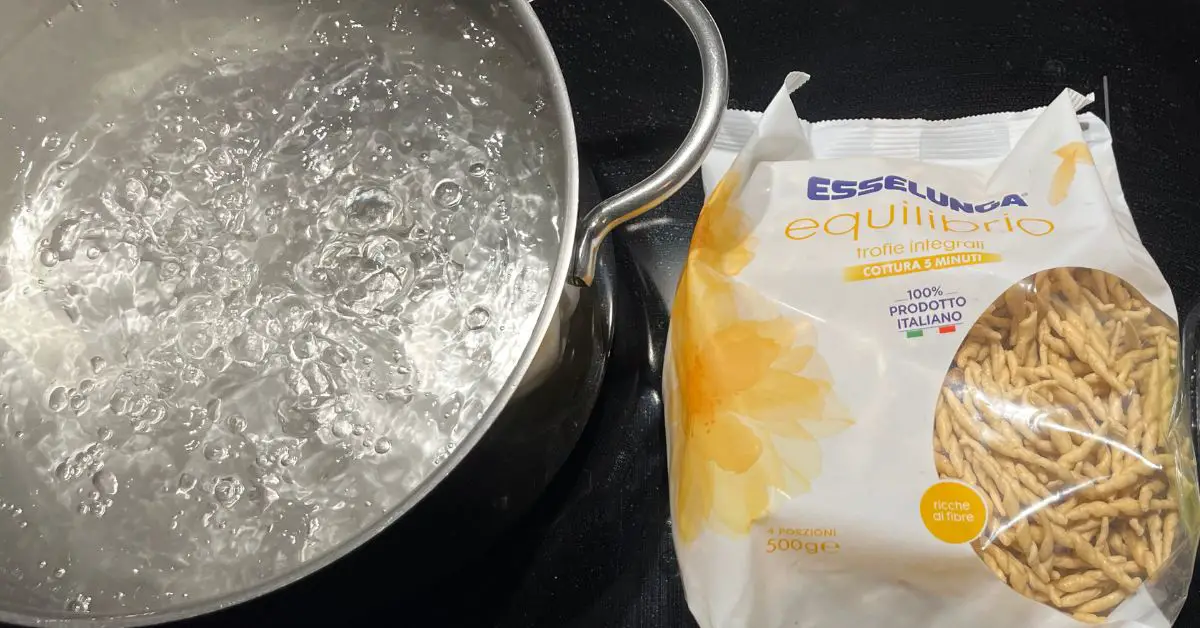
Italian Pasta with Passive Cooking Technique
Here is how to cook Italian Pasta with Passive Cooking Technique
Equipment
- 1 Stock Pot with Lid
- Colander
- Ladle
- Timer
Ingredients
- coarse salt
- 500 grams dry pasta
Instructions
- Boil waterBoil water in a pot suitable to hold 1 liter of water for every 100 grams of pasta.
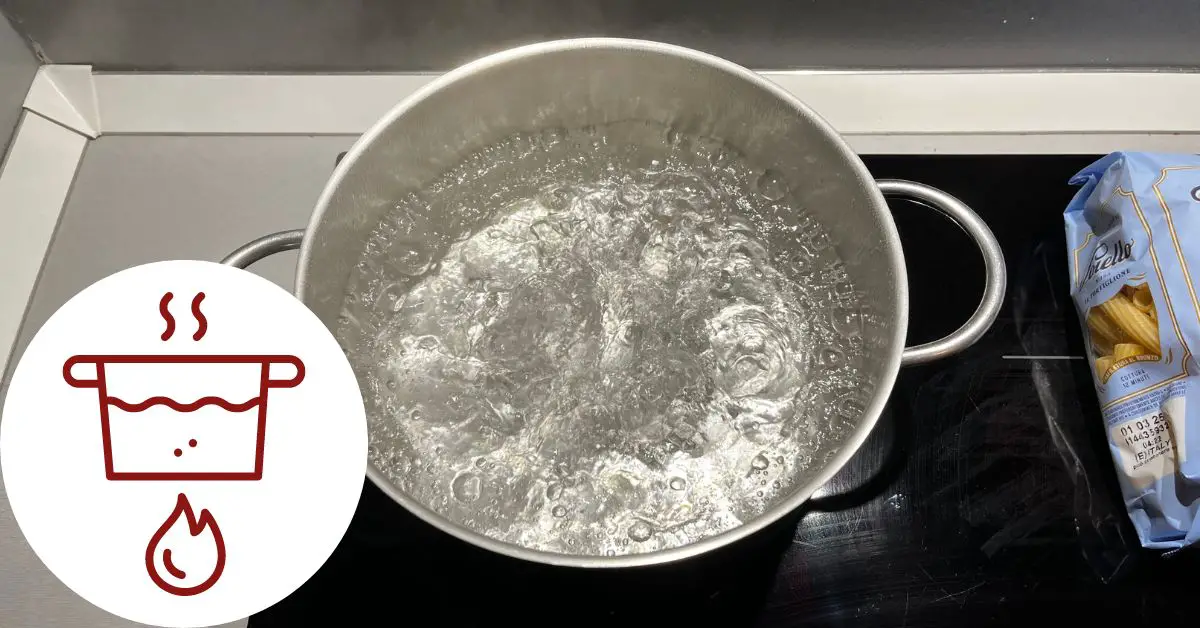
- Salt the waterAdd the salt: 10 grams (0.4 oz or 1/8 cup) of coarse salt per liter of water and 100 grams of dry pasta are recommended. If you are in doubt about which type of salt to use, click on the link.
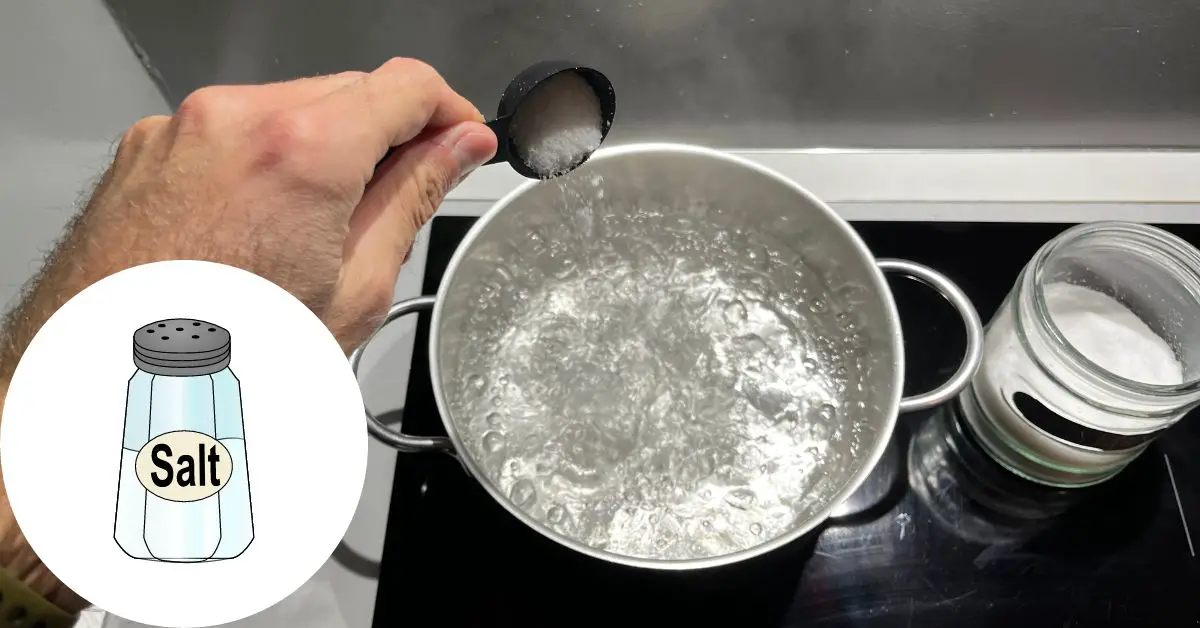
- Toss the pastaWhen the water boils, throw in the amount of pasta according to the number of diners. I normally toss 500 grams dry pasta. Do you want to know how much pasta per person, click the link.
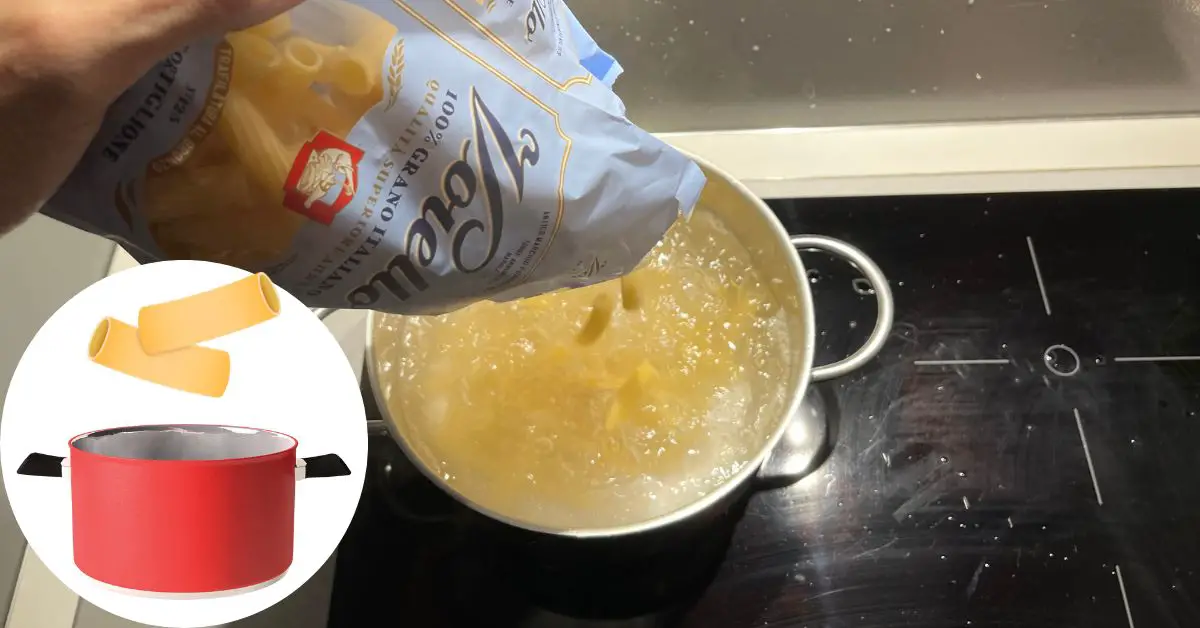
- Turn to passive cookingAfter two minutes of active cooking with the stove on, turn off the stove, and thus passive cooking begins.
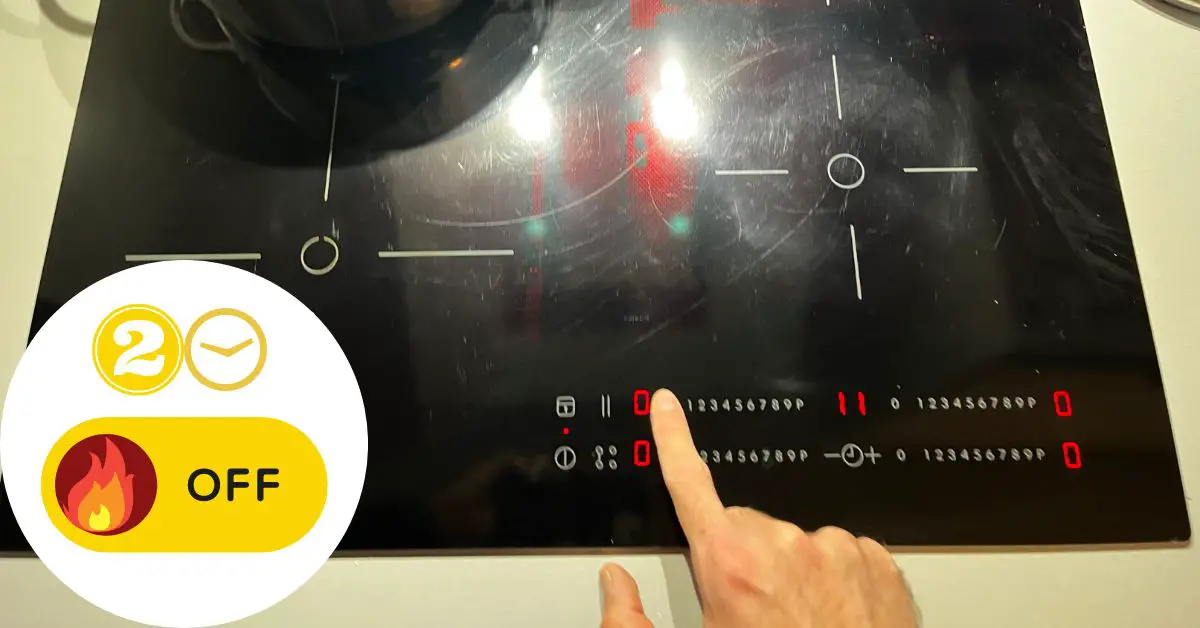
- Use a lid and waitCover the pot with a lid and wait for the proper cooking time to finish cooking and get the pasta al dente (read below for specific cooking time).
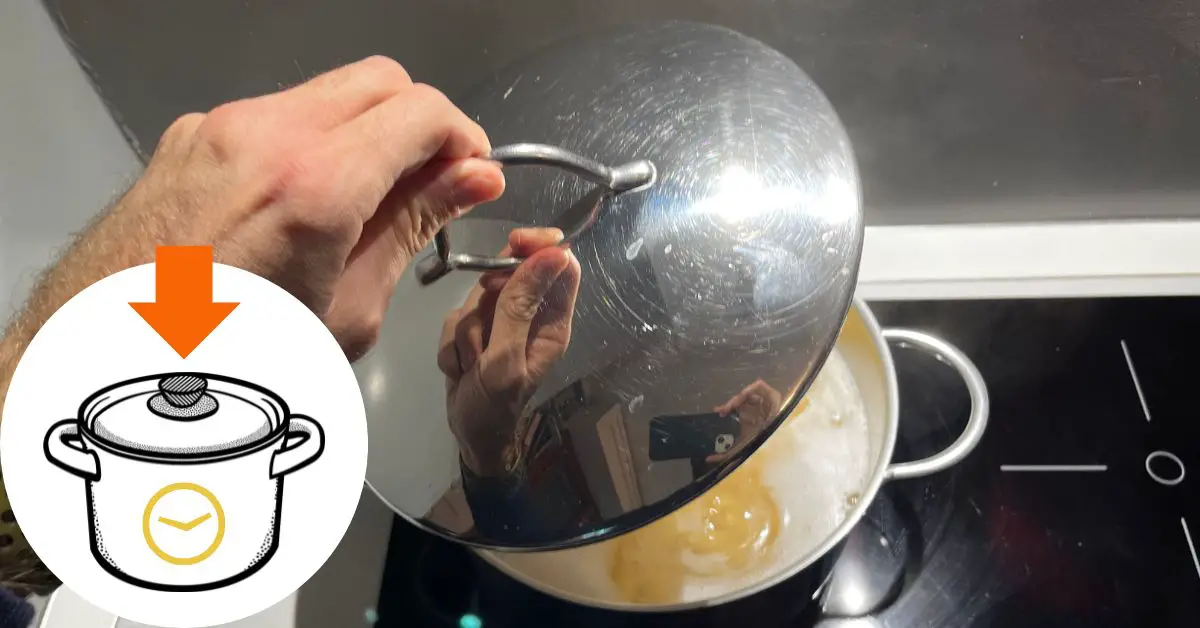
- Drain the pasta and season itDrain the pasta, season it with the sauce of your choice and serve it on plates. Now the pasta is ready to be enjoyed.
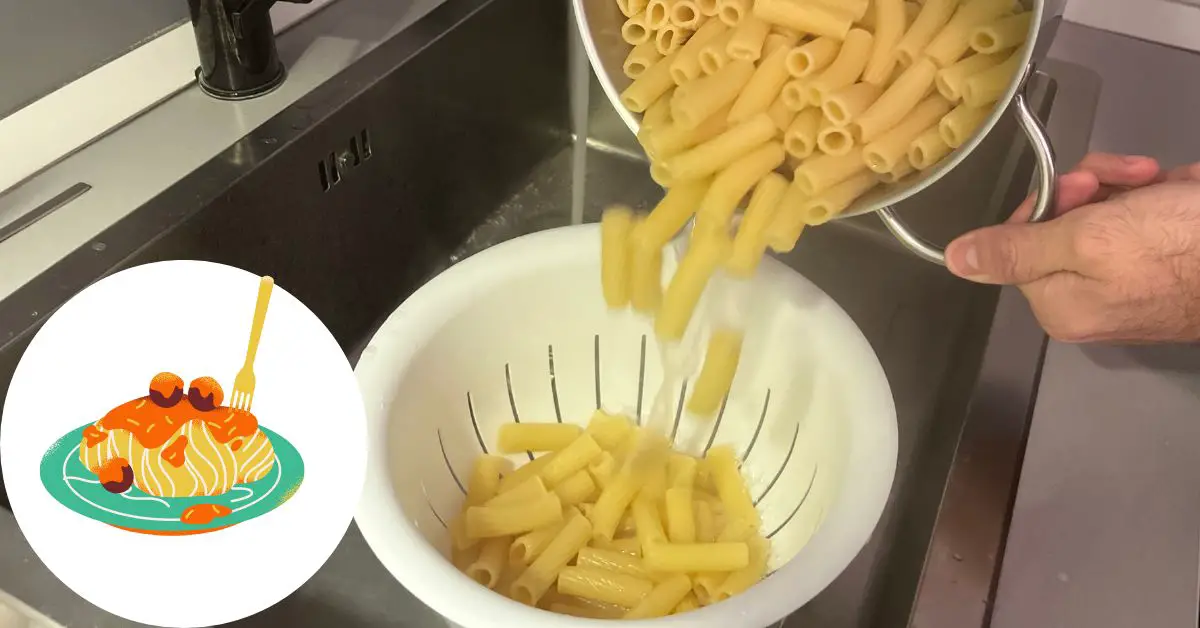
Notes
As with the standard pasta cooking methods, it is important to follow the correct timing, even more so if you want to enjoy an “al dente” pasta dish, in fact, with passive cooking, it is even easier to get the cooking times wrong and overcook your pasta.
The main difficulty is due to the double cooking time, first active cooking with the stove on and then passive cooking with the stove off; it is precisely the latter that hides the biggest pitfalls, as it determines whether the pasta will be cooked al dente or “scotta” i.e. not al dente.
In case you don’t know, it’s really important to always cook pasta al dente, and never overcook it.
Below you can find a table with the average passive cooking times, active and passive timing indicated, of the most popular pasta shapes. If possible, however, try to rely on the cooking information found on the pasta package.